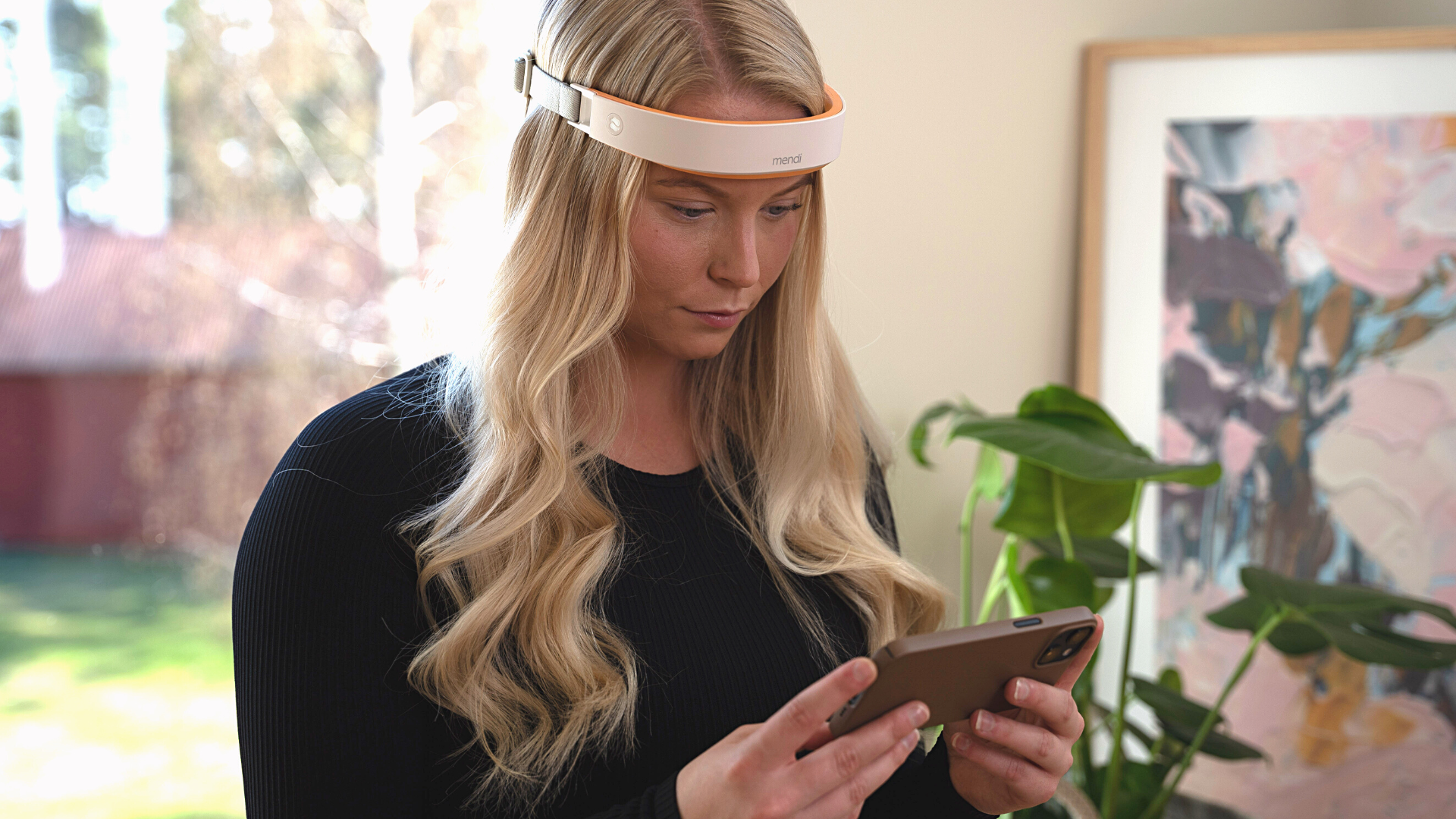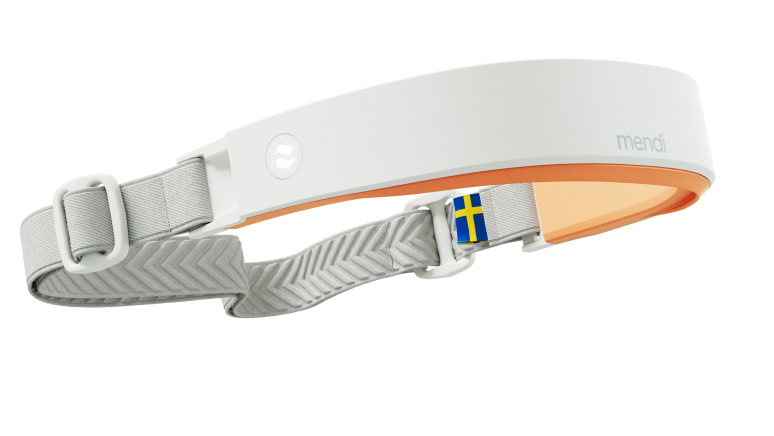
ADHD (Attention-Deficit/Hyperactivity Disorder) is a condition that is marked by difficulty with directing sustained attention and/or hyperactivity and impulsivity. At least 9% of children and 5%of adults in the United States are diagnosed with it.
It seems like a lot of people are self-diagnosing with ADHD these days. Is it a real disorder?
Yes, ADHD is real. It is a legitimate medical condition recognized by medical and psychological associations, such as the World Health Organization (WHO) and American Psychiatric Association (APA). Diagnosis is made according to criteria in the Diagnostic and Statistical Manual, 5th edition (DSM-5).
The part that gets more tricky is diagnosing it accurately. That is, ADHD is both over- and under-diagnosed. As far as over-diagnosis, there are other disorders that can look like ADHD at first glance. For example, anxiety, PTSD, and depression can all cause restlessness and difficulties paying attention. For this reason, it’s important that practitioners consider all relevant factors in a person’s life before making a diagnosis.
ADHD is also under-diagnosed, meaning that some people don’t receive a diagnosis when they should have. For example, females are diagnosed with ADHD less often than males. This is in part due to ADHD presenting differently across genders. That is, boys who display hyperactivity and impulsivity in a classroom are more likely to “stand out.” Girls, however, are more likely to present with internalized symptoms such as inattentiveness. This is one reason that girls are more likely to be “missed” in terms of ADHD diagnoses.
If I have ADHD, what’s going on in my brain?
There are a few different brain circuits and pathways that, when impaired, can contribute to inattention and impulsivity/hyperactivity. The default mode network is involved in introspection and mind wandering. In most people, this network turns on and off when we need it to. This makes sense because we want to be able to introspect sometimes, but if we did it all the time, we wouldn’t be able to focus on tasks in the external world. In people with ADHD, the default mode network seems to not “turn off” as efficiently as it needs to.
ADHD is also associated with abnormally low levels of signaling between the basal ganglia and prefrontal cortex. Specifically, people with ADHD have decreased levels of dopamine and noradrenaline in these pathways.
Research also shows that people with ADHD have differences in brain structure, such as decreases in the volume of the prefrontal cortex and cerebellum.
I’m having trouble focusing. Does that mean I have ADHD?
Not necessarily. Long-term difficulties with focus can come from a host of conditions. For example, depression, generalized anxiety disorder, and PTSD can all cause difficulties with focus. When emotional dysregulation is occurring in the background, it’s hard for the brain to focus. Before making a diagnosis of ADHD, your clinician can help you determine if there is actually something else (e.g., underlying anxiety) contributing to your ability to focus.
Is medication the only treatment for ADHD?
Definitely not! Medication may be one of the treatments you hear about most often, but there are plenty of other options out there, too. After consulting with your clinician, you can come up with a treatment plan together that works for you. This may include therapy, psychoeducation (that is, learning more about the disorder so you can create success plans around your pain points), and lifestyle changes (intense exercise has been shown to reduce symptoms).

Can neurofeedback tools like Mendi help with ADHD?
Because they don’t want to be dependent on medications that have side effects and risks, many people have turned towards holistic methods to harness their focus. If you notice that you often struggle with distractibility, inattention, or impulsivity, Mendi can help you practice focusing.
You can’t rush the science, so it will be a while before major organizations like the APA make an official statement about neurofeedback. However, what we do know is that compared to medication, side effects and risks of neurofeedback are low.*
Mendi uses a neuroimaging method called fNIRS (more information available here on how exactly that works) to gauge activity in your prefrontal cortex. By using device and phone app, you can train yourself to increase activity in the prefrontal cortex while practicing focusing.
*(Disclaimer: If you are already taking medication, you should always consult your physician before making any changes to your medication routine).
- Experience your brain, improved
- Natural & risk free training
- Can (and should) be used by everyone
Get your Mendi now
Take your first step towards a healthier brain, improved focus, and mental resilience.
